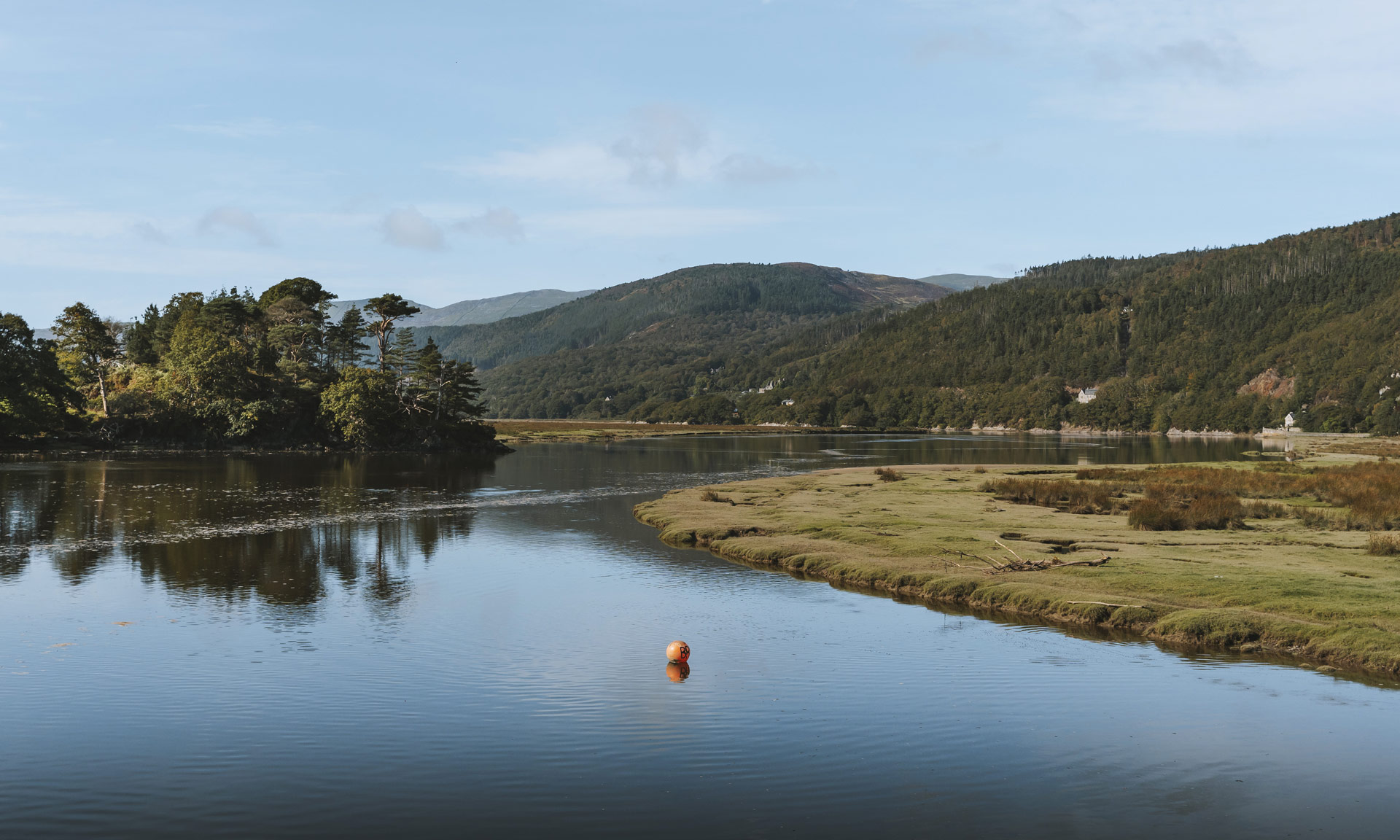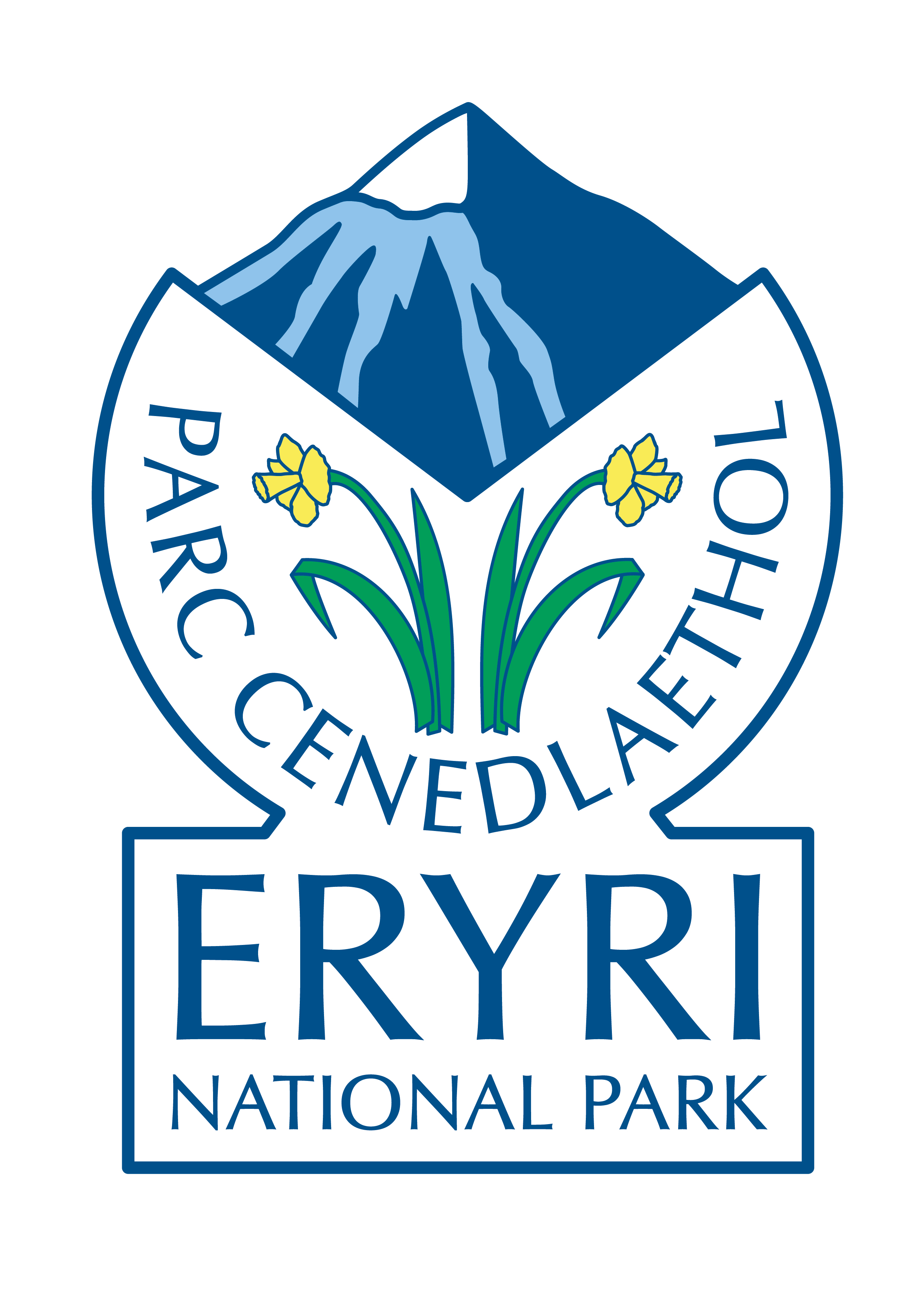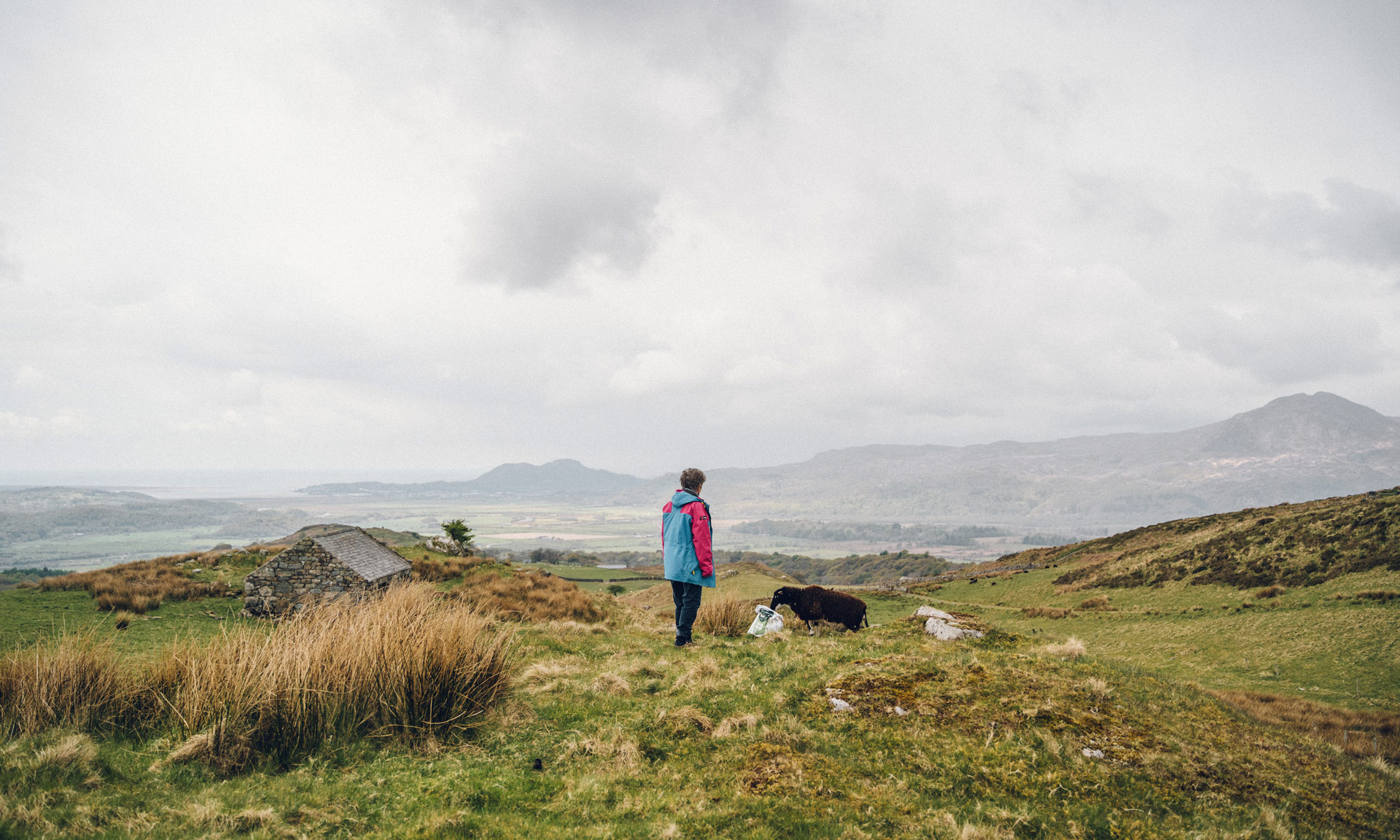An overview of agriculture in Eryri National Park.
Agriculture is as much a part of the landscape of Eryri as the breathtaking valleys and captivating peaks. It is a way of life for many who live in the National Park—passed down from generation to generation.
Without its agricultural history and heritage, Eryri wouldn’t be the landscape we know and love today.
The history of agriculture in Eryri
Farming has taken place in Eryri in some way or another since prehistory. We know this by studying the remains of prehistoric walls and field boundaries.
Since man first began to farm in Eryri , a tremendous amount of work has gone into clearing stones and improving the land for grazing.
By the Middle and the Early Modern ages, small farms kept livestock within hamlets dotted around the landscape. The scale of the work meant farmers would often share the burden of working in such a challenging landscape. Big agricultural tasks such as ploughing and harvesting were community events in themselves—a tradition that still exists to some extent today.
The boom in the Welsh slate industry during the 19th century meant that agriculture was no longer the biggest employer in Eryri. By then, wealthy landowners were busy buying most of the agricultural land. They would later let it out to tenant farmers.
During the first half of the 20th century, with the Welsh slate industry in decline, many returned to farming. The introduction of farm machinery transformed the farmer’s work during this time. Tractors and harvesters could do the work of several farm labourers in half the time, paving the way to farming at a much bigger scale in Eryri.
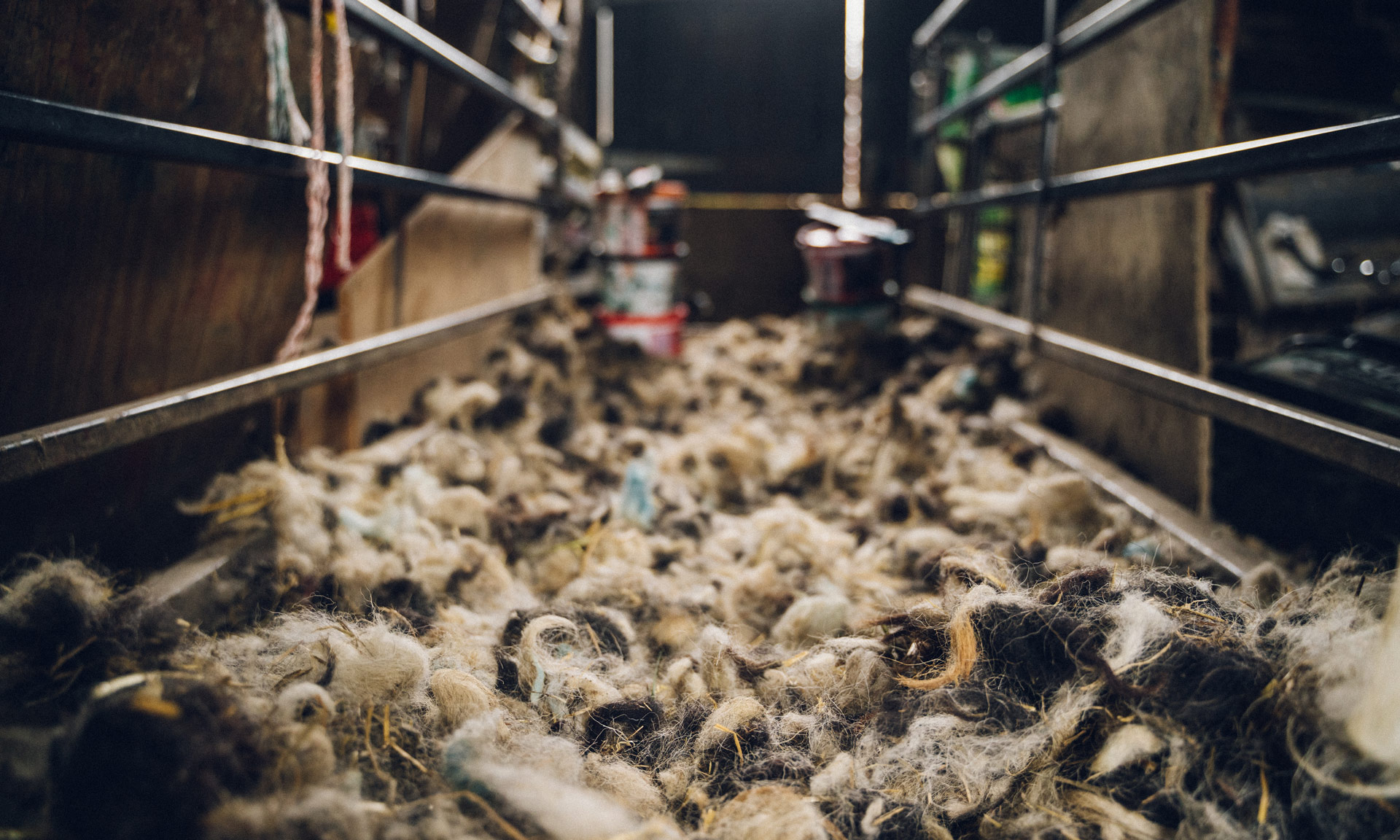
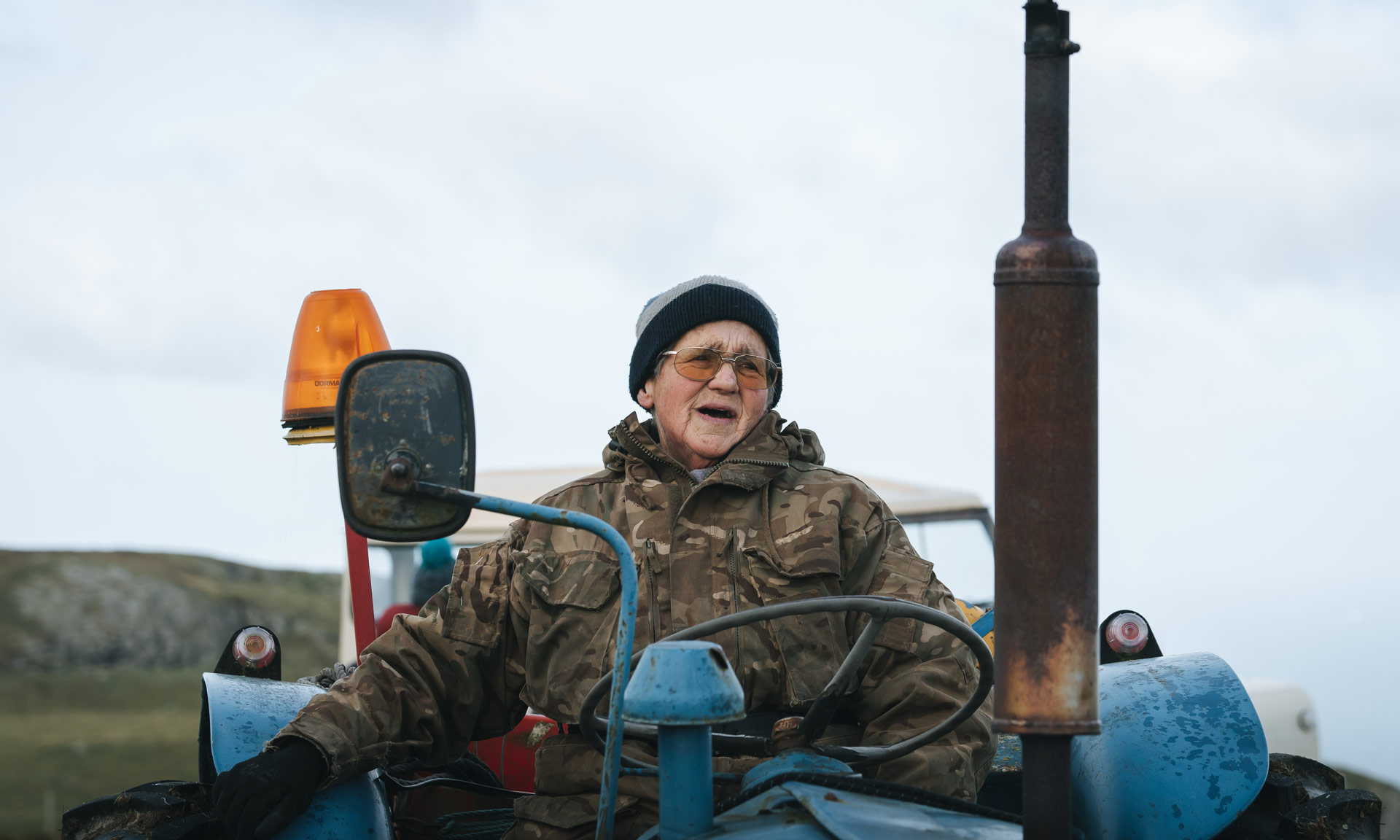
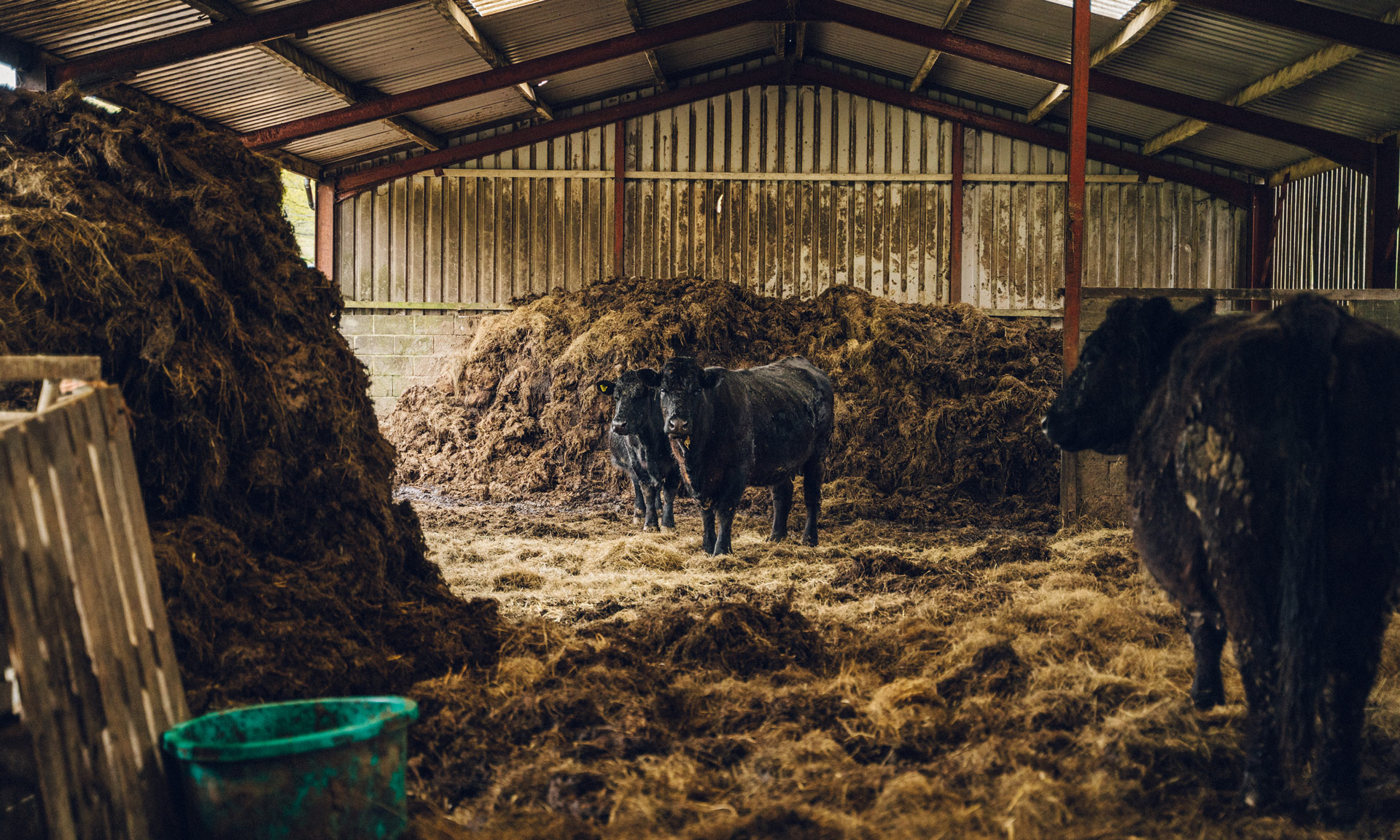

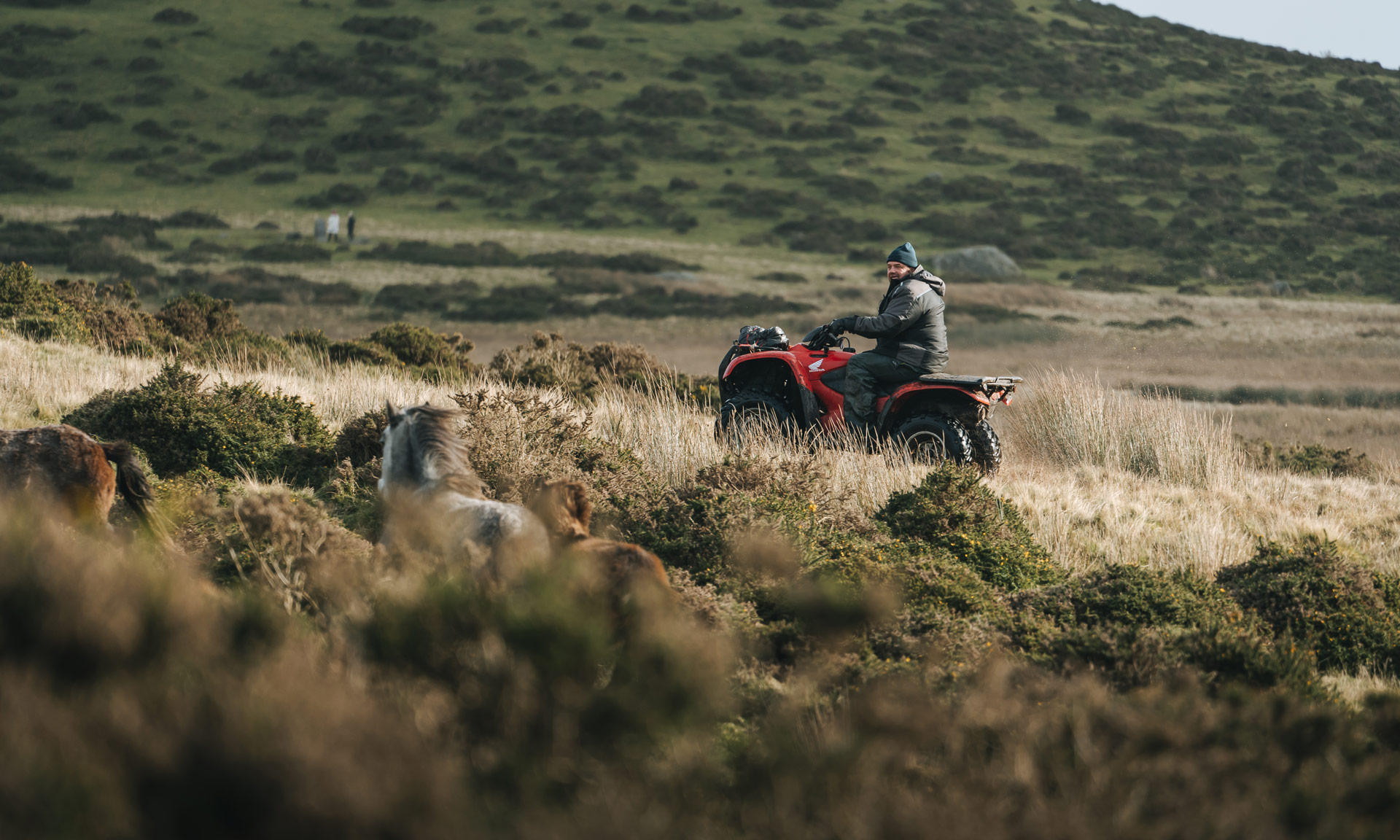

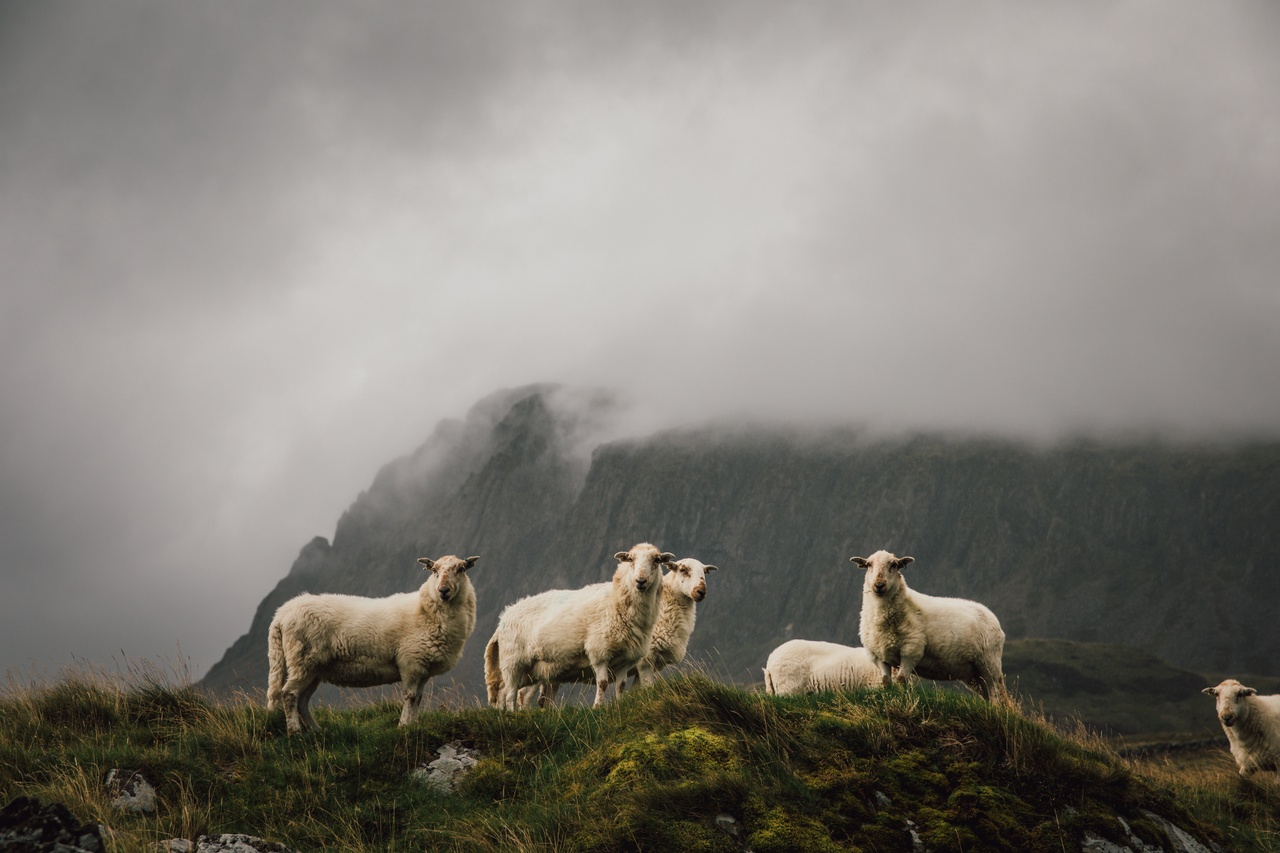
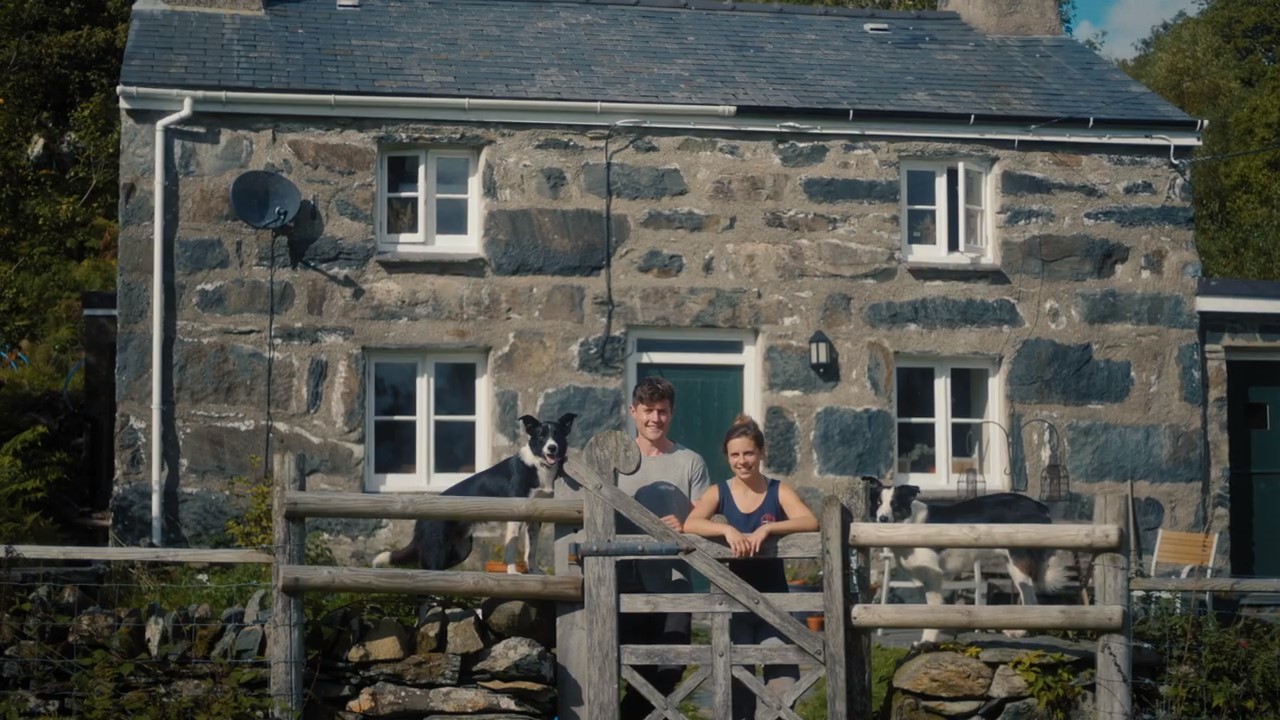
Farming today
Farming is one of the biggest employers within the National Park, with over a thousand farms within its boundaries. Farming communities are close-knit communities that feel immensely proud of their farming roots. For many, it is closer to a family tradition than a day job.
The lands of Eryri are not suitable for growing crops meaning that most farms rear livestock—mainly sheep and cattle.
Sustainable ways of farming are fast becoming the norm in Eryri to ensure the protection of the landscape and the unique biodiversity in the National Park.
A delicate balance
Farming in a landscape as sensitive as Eryri is a delicate balance. Some farming practices, such as land drainage, intensive use of grassland and the removal of hedgerows, have affected the wildlife within the National Park.
The causes of the decline are complex, and factors such as climate change also play a part. However, farmers, along with organisations involved in the management of Eryri, are working together to restore this delicate balance. Over the past few years, the work carried out by farmers and organisations include:
- restoring wetlands, known as peatlands, to their natural state to improve wildlife and protect against flooding
- planting woodlands and preserving hedgerows to create habitats for wildlife
- establishing initiatives to promote beekeeping and planting orchards
